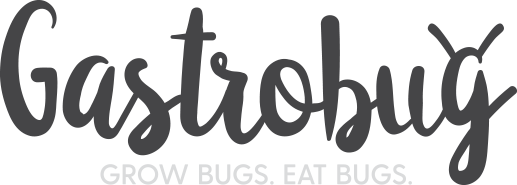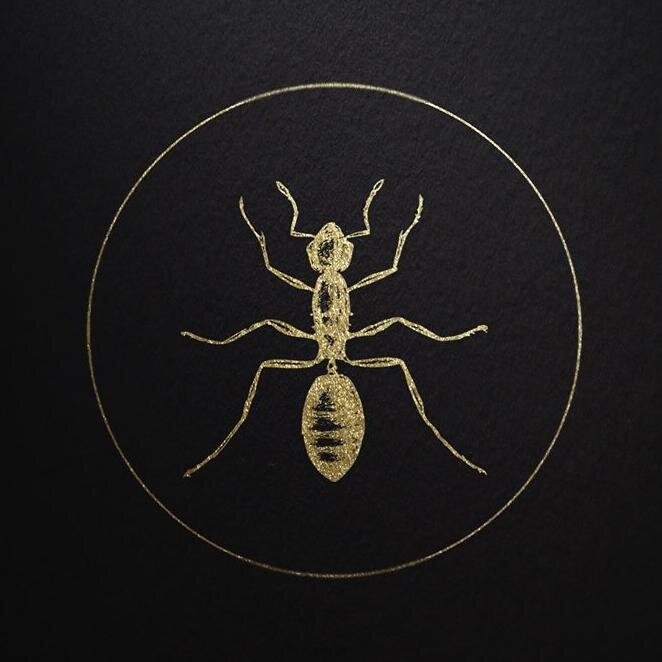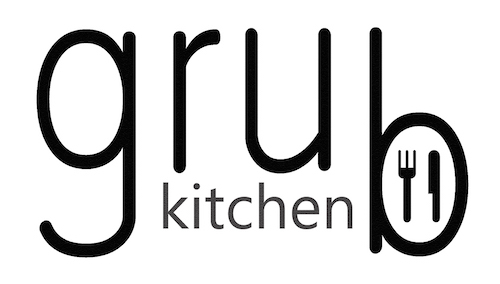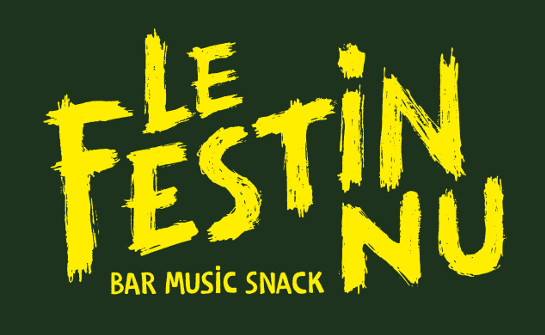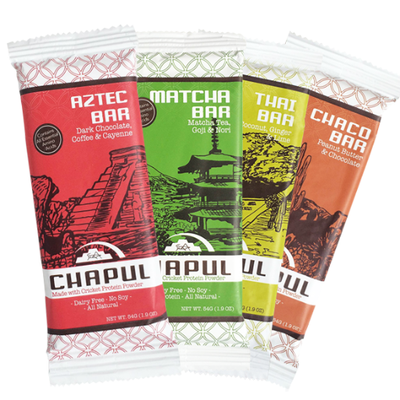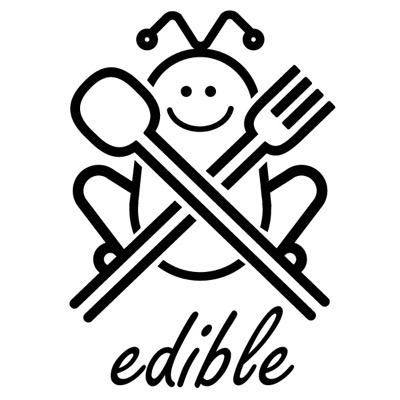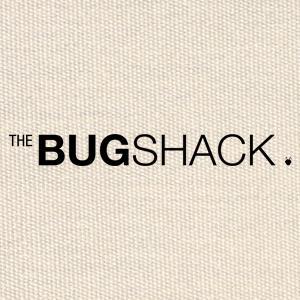
Why on Earth would anyone eat bugs? Well, in addition to being faster to breed than traditional meat sources while using significantly fewer resources, they can also be incredibly tasty, offering a range of flavours that you may not have experienced before. They’re great!
Deciding to try eating bugs can be a really big deal, but deciding to try eating bugs is just the beginning. What insects do you eat? Where do you get them from? Do you just drop a living caterpillar in your mouth and bite down? (We wouldn’t recommend it) How do I cook them? There are just so many things to consider. We realize that it can be a little bit disorienting, so that’s why we whipped up this handy-dandy roadmap. We hope it’s helpful!
Since you’ve undoubtedly got a lot of questions, let’s just take them one at a time, starting with …
Technically, eating insects is called Entomophagy, but that word’s a bit dry, overly technical and, frankly, sounds a little gross. So we use Entomo as a general term for eating insects, because it’s a bit more friendly.
Plus we use Entomovegan as a term that describes eating insects but no other animal products (so you’re eating vegan except for the insects). Eating Entomo is still a great help to the environment, but if you want to go even further, try eating Entomovegan!
We’ve got versions of the Entomo and Entomovegan icons (which you can see above) available to download here, if you like. They’re totally free to use, for any purpose!
But enough about words and their definitions, let’s get back on track!
The Smithsonian estimates that there are over 900,000 species of insects in the world, and even though a lot of those aren’t going to be particular edible to humans — or big enough to eat — there are a lot of different insects out there that you can chow down on. We’ve got a list of a bunch of the different kinds that people across the world tend to eat, which would keep your hands — and your mouth — full for a very long time, if you wanted to start working down it.
But what kind of first step would we be offering if we just said “here’s a list of dozens of insects, go at it?” Not a very good one, that’s for sure.
The kind of insects you’ll have access to, and the kind that people around you will tend to eat, will vary depending on where you are in the world. But for the modern entomophagy movement that’s underway right now, when people talk about eating insects they typically talk about two insects: Crickets and Mealworms.
Crickets
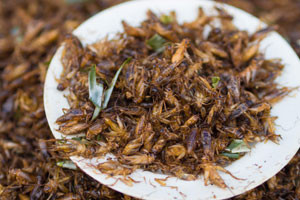
Crickets are the most popular edible-insect right now, due to an impressive macronutrient breakdown and fast breeding time. Cooked on their own they taste a bit like mushrooms, but added to a recipe in the form of meal/flour they add a lovely earthy/nutty note to your food.
Mealworms
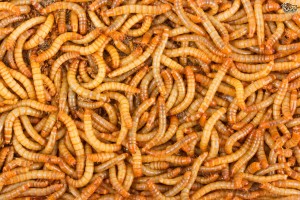
Mealworms are quick and easy to breed, are nutritionally great, and have a very subtle flavour that goes well in a wide variety of forms and dishes. Plus, since they’re so small that you can’t make out their features too well, they make a great first insect to eat, since you won’t be focusing too much on the fact that you’re eating a bug.
Are you allergic to insects? There’s not much information yet on people having allergies to insects, so for most people there shouldn’t be anything to worry about.
However, if you’re allergic to shellfish, you might have some issues, since insects like crickets are arthropods, and so are shellfish. So be careful!
Wild or farmed?
Suppose you want to try a cricket. Should you buy one, or just go for a walk outside and scoop one off the ground? While people have been eating wild insects for a very long time, farmed insects are going to tend to be less likely to have infections or be carrying parasites or environmental contaminants. Locusts — consumed in the Middle East with honey — can biomagify lead they come across in the environment, increasing the amount of contaminants you can be exposed to. And whatever the actual risk that you’ll eat a leadened Locust, the point is that if they’re wild, you don’t know for sure.
It’s like your mother always said: you don’t know where it’s been.
In addition to health considerations, our preference is to get farmed insects, because if they’re raised right, they’ll be more sustainable, and your knocking back an anthill won’t put the overall population of ants at risk.
We’ve got a comprehensive list of places you can buy insects bred for human consumption, with offerings ranging from the whole insect to flour made out of the insects, to foods made out of the insect flour. But if you don’t want to go through the effort of ordering edible insects before you know if you like them, and if you happen to live in the right area, we’ve got you covered, too. Check it out:
Restaurants.
If you want to quickly see how delicious insects can be to eat, and you live in the right town, you can eat insects, tonight, expertly prepared for you!
Insect Snacks.
If you want to try insects in ready-made food items like protein bars, pasta, and chips, you can!
Insects as Ingredients.
If you want to try using insects in the food you cook, you’re in luck! There are a lot of options now.
![]()
The Black Ant is a well-regarded, high-end restaurant in New York City known in part for its delicious use of insects in its menu, including in a Chapulin Bisque.
Cookie Martinez cooks Columbian-style food in Toronto, Ontario, and offers 6-course insect-based tasting meals that look pretty fantastic.
If you live in or near Pembrokeshire, in the UK, you can dine at a bug-centric restaurant with fabulous-looking dishes.
Enjoy some scrumptious black caterpillars, black ants and more, served up in Paris, France!
![]()
Chapul makes cricket-powered protein bars in a variety of flavours: Aztec, Matcha, Chaco and Thai!
Bitty makes delicious cookies with cricket powder in them, in flavours like Cocoa Chai, Chocolate Chip and Orange Ginger.
![]()
Ontario’s largest cricket producer, Entomo sells dry-roasted insects (like mealworms, crickets and superworms) as well as insect powder, which you can incorporate in your meals!
Aspire created America’s first cricket farm for human consumption, and sells them powdered, whole, and dry-roasted.
Cricket Flours sells cricket flour in a wide variety of flavours. And they sell cricket-enhanced protein powder!
If you’ve decided to try eating insects by cooking them into your food, congratulations! Cooking Entomo is pretty rewarding, and it can also be quite simple. Depending on what insect you’re using, and what form that insect is in — floured crickets, for example — you can just drop it into an existing dish and get an added kick of flavour and nutrition. But what to add it to?
If you’re looking for suggestions on how you can integrate insects into your cooking, we’ve got a growing list of recipes, and have highlighted some of our most recent efforts below:
If you want more suggestions, we’ve got a list of other entomo enthusiasts who are coming up with great dishes, and many of the companies selling insects maintain their own list of recipes. Plus we’ve got a list of great insect cookbooks you can refer to if you want something you can hold in your hand. This is just a taste:
For many Americans, eating a lowly insect is something you’d only do on a dare. But with naturalist and noted bug chef David George Gordon, bug-eating is fun, exciting, and downright delicious!Now you can impress, enlighten, and entertain your family and friends with Gordon’s one-of-a-kind recipes. Spice things up at the next neighborhood potluck with a big bowl of Orthopteran Orzo—pasta salad with a cricket-y twist. Conquer your fear of spiders with a Deep-Fried Tarantula. And for dessert, why not try a White Chocolate and Wax Worm Cookie? (They’re so tasty, the kids will be begging for seconds!)
So now you know which insects to eat, where to get them, and how to cook ’em. You’re ready to go out into the world and eat yourself some bugs.
We hope you enjoy eating Entomo as much as we do!
